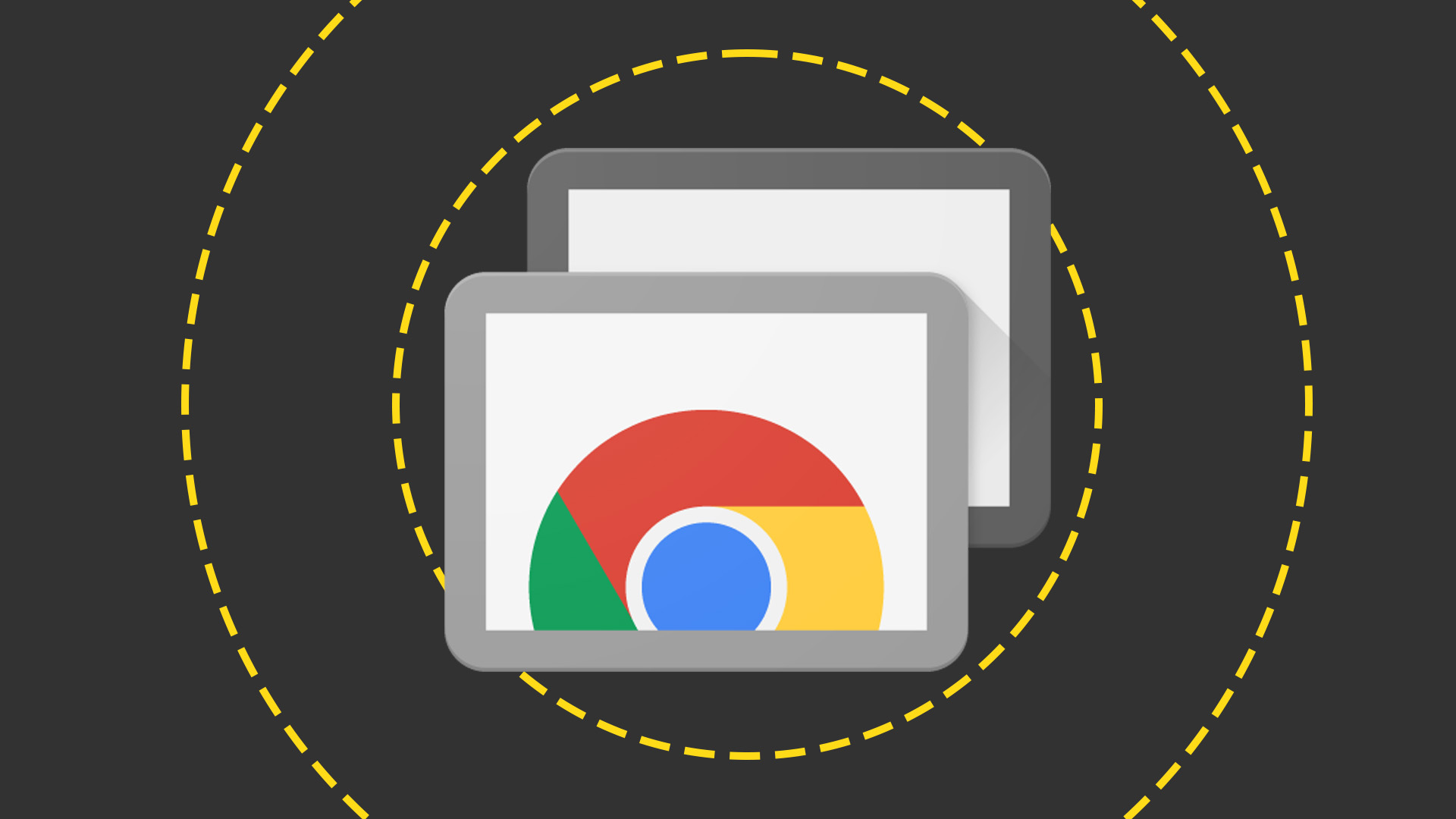Palm Pre 2 review
We take a look at the Palm Pre 2 – the first HP webOS 2.0-powered smartphone to be launched. Is it good enough to tempt you away from an iPhone, a Blackberry or an Android phone? Read our review to find out.
Palm and HP have created a well-equipped and generally well-designed smartphone with the Palm Pre 2, due in large part to the slick and responsive webOS 2.0. However, when compared to the competition, there’s nothing that really sets the Palm Pre 2 apart from the crowd. It’s good, but it’s not great.
The biggest improvements lie not in the Pre 2's hardware but in its operating system, HP webOS 2.0.As operating systems go, webOS was pretty well regarded among technology enthusiasts and users alike prior to HP's acquisition of Palm. The improvements in the new HP-owned version of webOS 2.0 are welcome although they won't blow your socks off.
The Pre 2 still uses the Card system of old to display applications. If you open an app it'll appear first in full screen mode but if you navigate away to another app, by swiping upwards, it will minimise into a Card.
The multitasking capabilities in HP webOS 2.0 have been greatly improved. The Cards are now live, so if you've got a video or news application running and then minimise it into a Card the content, whether it is a video, game or RSS feed, will continue playing or updating.
These Cards can then be organised into Stacks, so you can keep related apps together. Simply hold down on one app and drag it towards another. Stacks are especially useful if you have lots of open apps, which would otherwise look cluttered and confusing. There's no limit on the number of stacks you can make. You can also change the order in which apps appear in a Stack,so you've always got the most important one at the front of each stack.
You're free to populate the homescreen with as many of these Stacks as you like. There's no limit on how many Stacks or singular applications you can have running at once, although the more Stacks and apps you have running simultaneously, the greater the chance of lag and slowdown. Notifications appear at the bottom of the display and are extremely discreet.
Sign up today and you will receive a free copy of our Future Focus 2025 report - the leading guidance on AI, cybersecurity and other IT challenges as per 700+ senior executives
-
 Google DeepMind CEO Demis Hassabis thinks this one area of the tech industry is probably in an AI bubble
Google DeepMind CEO Demis Hassabis thinks this one area of the tech industry is probably in an AI bubbleNews AI startups raising huge rounds fresh out the traps are a cause for concern, according to Hassabis
By Ross Kelly Published
-
 Everything you need to know about Google and Apple’s emergency zero-day patches
Everything you need to know about Google and Apple’s emergency zero-day patchesNews A serious zero-day bug was spotted in Chrome systems that impacts Apple users too, forcing both companies to issue emergency patches
By Nicole Kobie Published
-
 Ronald Richardson to lead Leaseweb’s global commercial strategy
Ronald Richardson to lead Leaseweb’s global commercial strategyNews The experienced executive has been named Leaseweb’s new CRO as the IaaS provider embarks on the next phase of its growth journey
By Daniel Todd Published